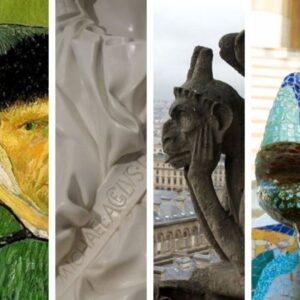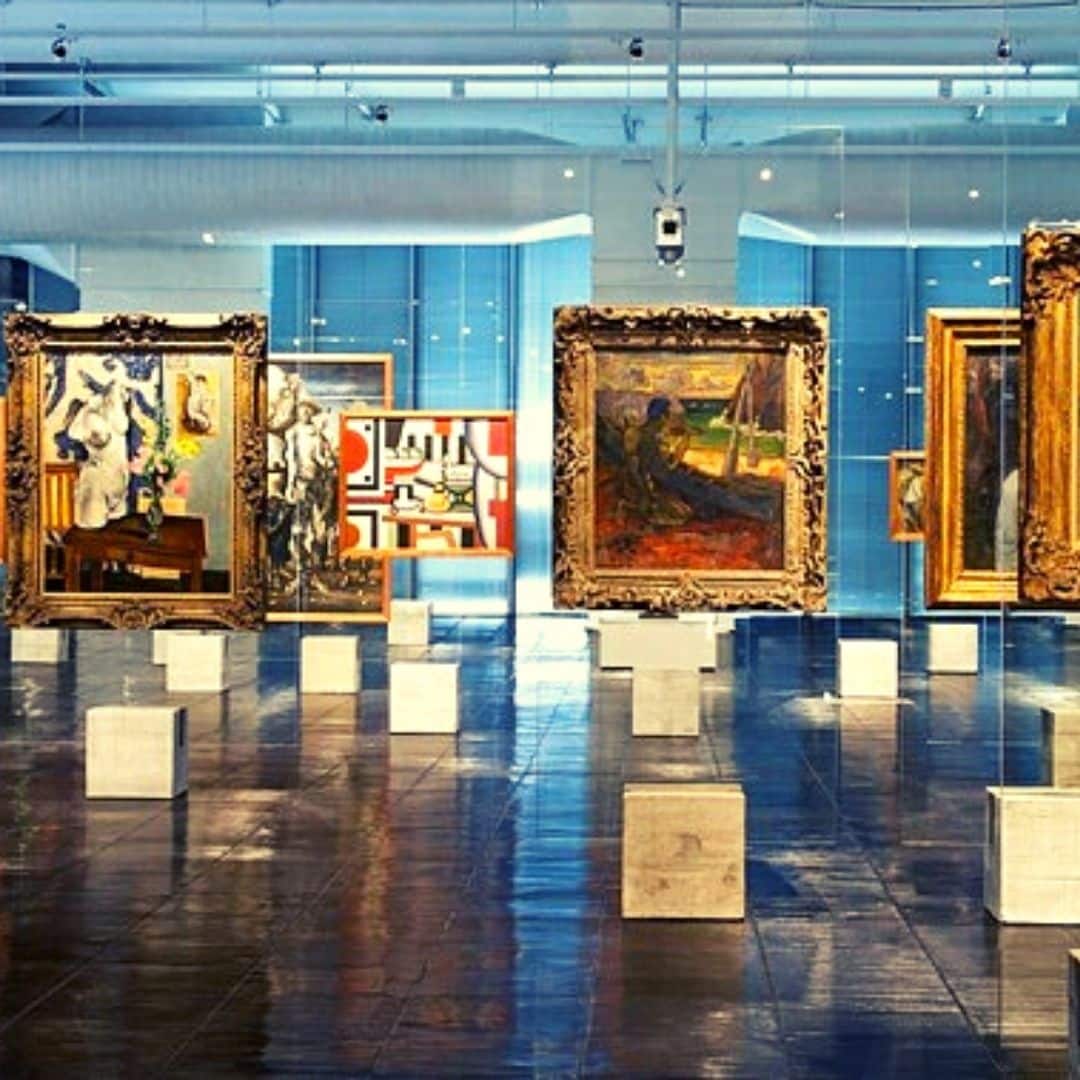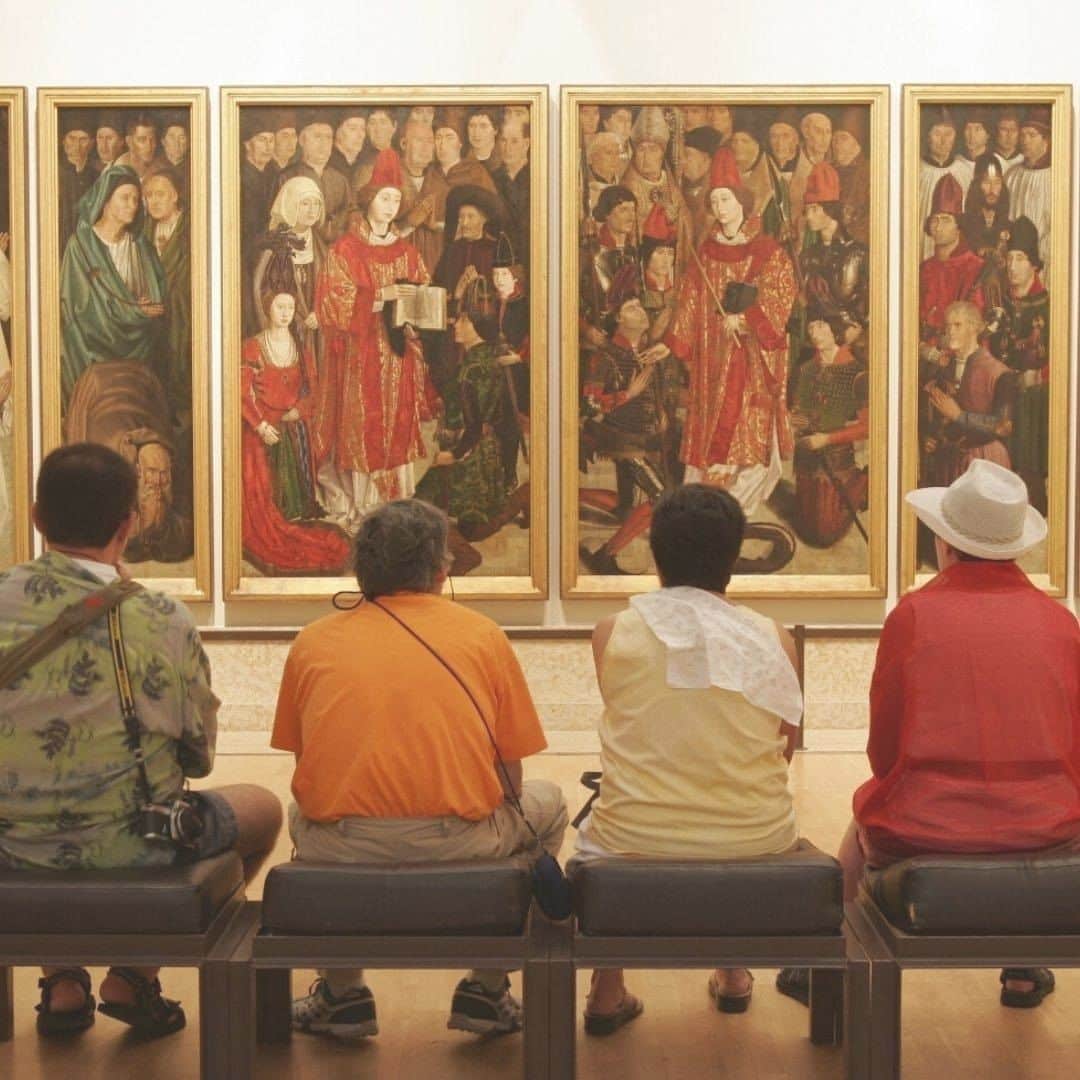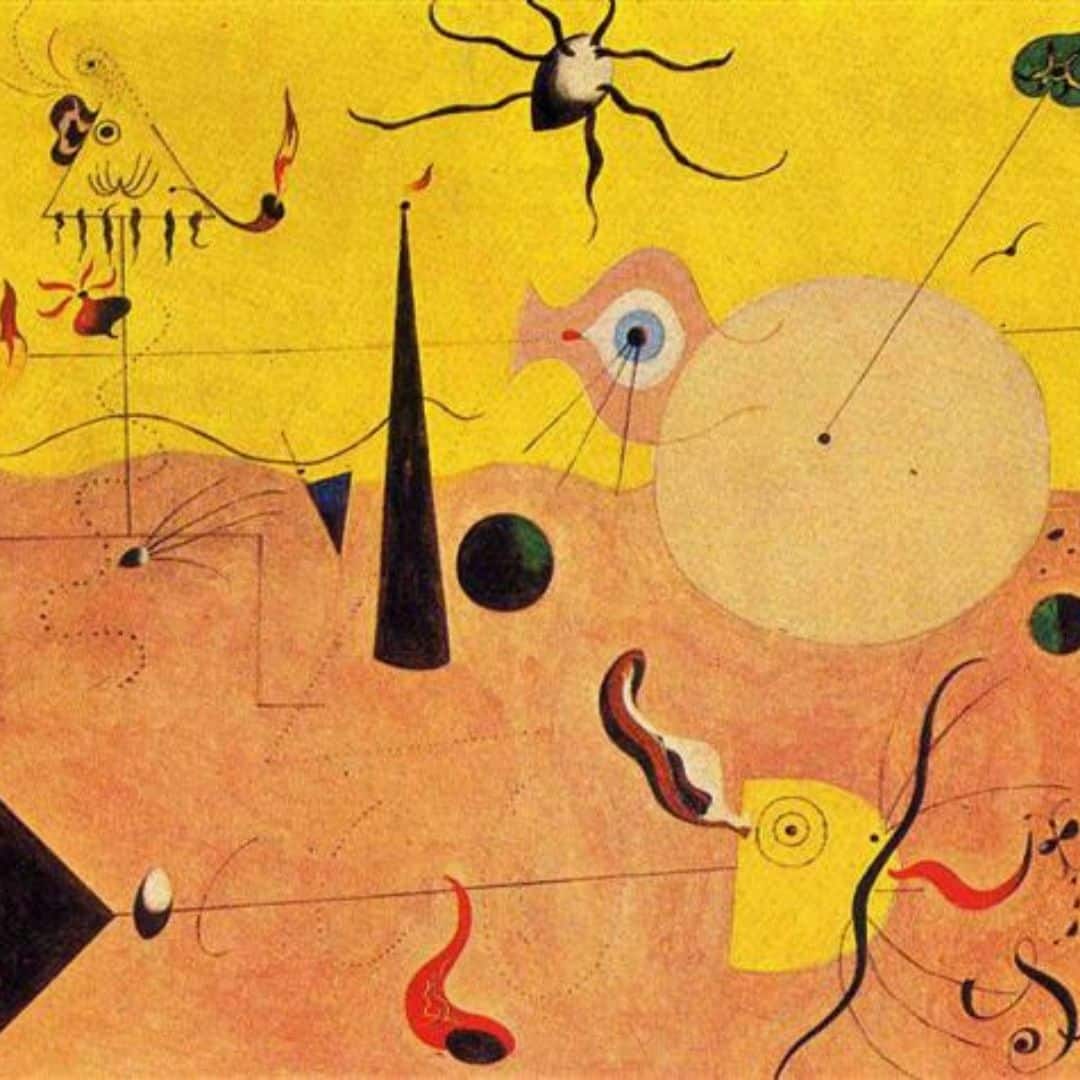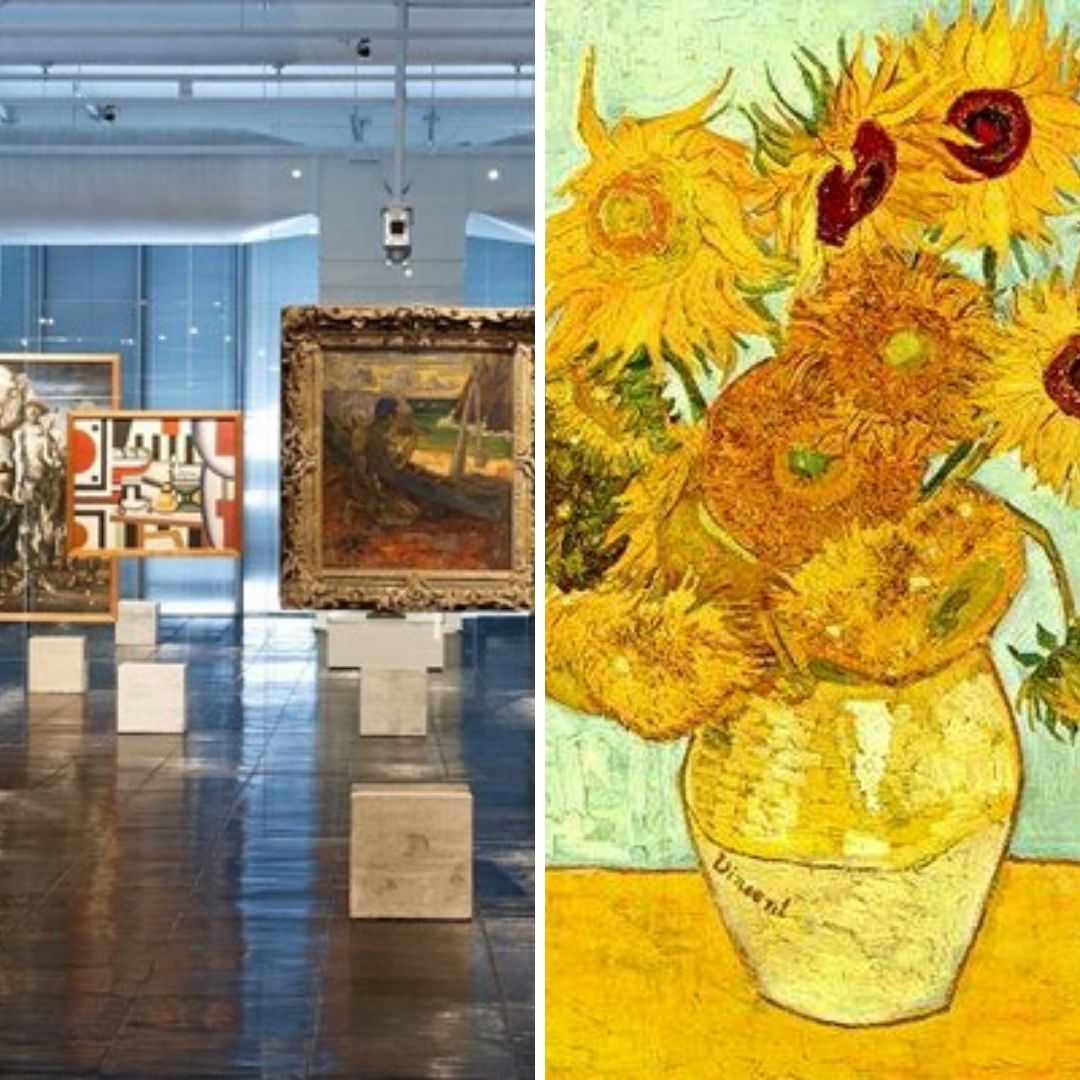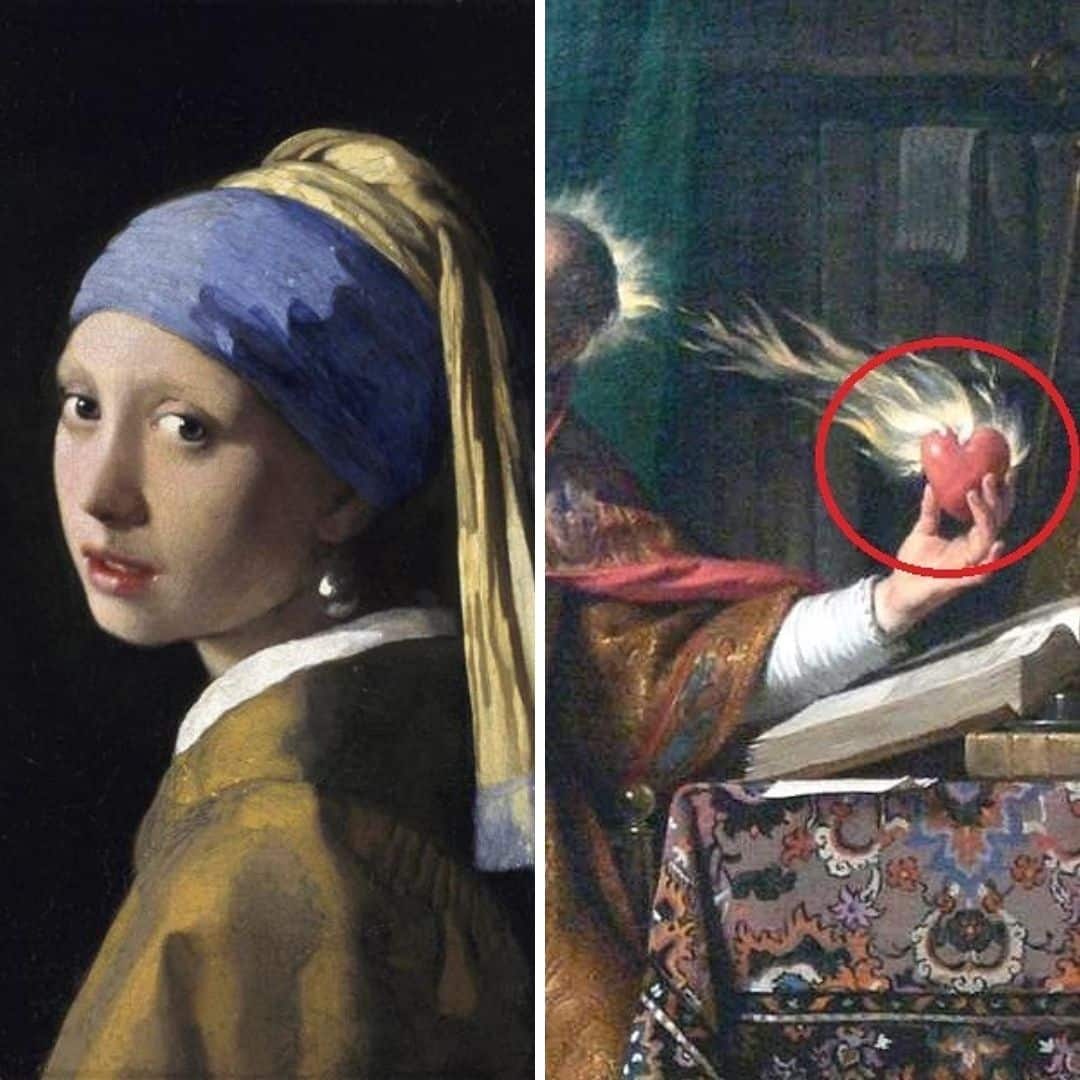What was the Baroque and and what is its historical context?
When we talk about what was the Baroque and the historical context of the Baroque we have to ask a question.
“Why do we talk about contexts of the arising of the baroque and not, simply, context?”
In fact, the Baroque, like many other artistic movements (as we commonly call them), emerged under different motivations and, therefore, contexts.
You can learn more about this subject in the post What are Art Styles.
But, first, it will be pertinent to focus on the definition of a movement, in order to answer What was the Baroque .
What was the Baroque in the “chronology of styles”
The Baroque
David, Bernini, 1623-1624 (Galeria Borghese, Rome)
succeeded the Renaissance
David, Michelangelo, 1501-1504(Accademia di Belle Arti di Firenze)
Between the two, yet another taste was defined, “Mannerism” which, in some way, seems to anticipate the Baroque language.
The Rape of the Sabine Women, Giambologna, 1581-1582
It is, however, important to remember that in any of these cases we are referring to categories created later to better define, analyze and study certain historical periods.
So what was the Baroque and its context
Thus the art produced, roughly speaking, between the 17th century and the first decades of the 18th century falls within the so-called Baroque movement.
This movement defended a given aesthetic language that, in a certain way, the artists followed.
Does this mean, however, that the art made around the world during this period was based on the principles of the baroque?
Of course not. The baroque spread, above all, throughout Europe and Latin America, with a different expression according to the geography and chronology in which it emerged.

The Calling of Saint Matthew , by Caravaggio, 1599-1600 (Saint Louis of the French Church, Rome)

The Garden of Love, Rubens, c. 1633 (Prado Museum, Madrid)

The Night Watch, Rembrandt, 1642 (Rijksmuseum, Amsterdam)

Las Meninas, Velásquez, 1656 (Museo del Prado, Madrid)

Holy Supper, Manuel da Costa Ataíde (Mestre Ataíde), 1828 (Colégio do Caraça, Minas Gerais)
What was the Baroque as a reaction to the Renaissance
As it is common in art history, the style that succeeds another is born, precisely, with the purpose of opposing its predecessor.
That is, to present a different aesthetic proposal, otherwise its emergence would make no sense.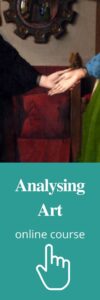
The baroque was no exception and, therefore, if the Renaissance recovered the classical values of harmony and proportion, the baroque brought asymmetry and movement.
Let’s take a look at the following text by Heinrich Wölfflin:
“While the Renaissance space is reduced to the surface, the Baroque develops in depth; hence its dynamism, which forces the gaze to move forward and backward, always fearing to let the form escape.
That’s why the Baroque insists on oblique lines, curves, and arched surfaces that undo the Renaissance perpendicularity of horizontals and verticals.
Hence, the twisted and impetuous movements, the use of light effects, and the dissolution of contours in the shadows.
The result is that contemplation becomes impossible, and everything is subdued to the restlessness of emotion and desire.”
What was the Baroque and this interest in the “restlessness of emotion and desire”?
The artists associated with the first manifestations of the Baroque are Italian, and Rome seems to have been one of the main cradles of this movement.
In fact, because the cultural, political and, above all, religious climate propitiated it.
This, because the emergence of the Baroque is inseparable from the Counter-Reformation movement in which the Church sought to bring believers closer together or to reconnect them, after the estrangement felt following the Protestant Reformation.
Thus, the Baroque was, in part, a language at the service of the Church and, therefore, it used the so called “emotion” and “desire” to regain the admiration and devotion of believers.
This is also why its main pole of expansion was Italy, being well accepted in countries that shared religious affinities with it, and less well accepted in geographies closer to Lutheran ideals.




